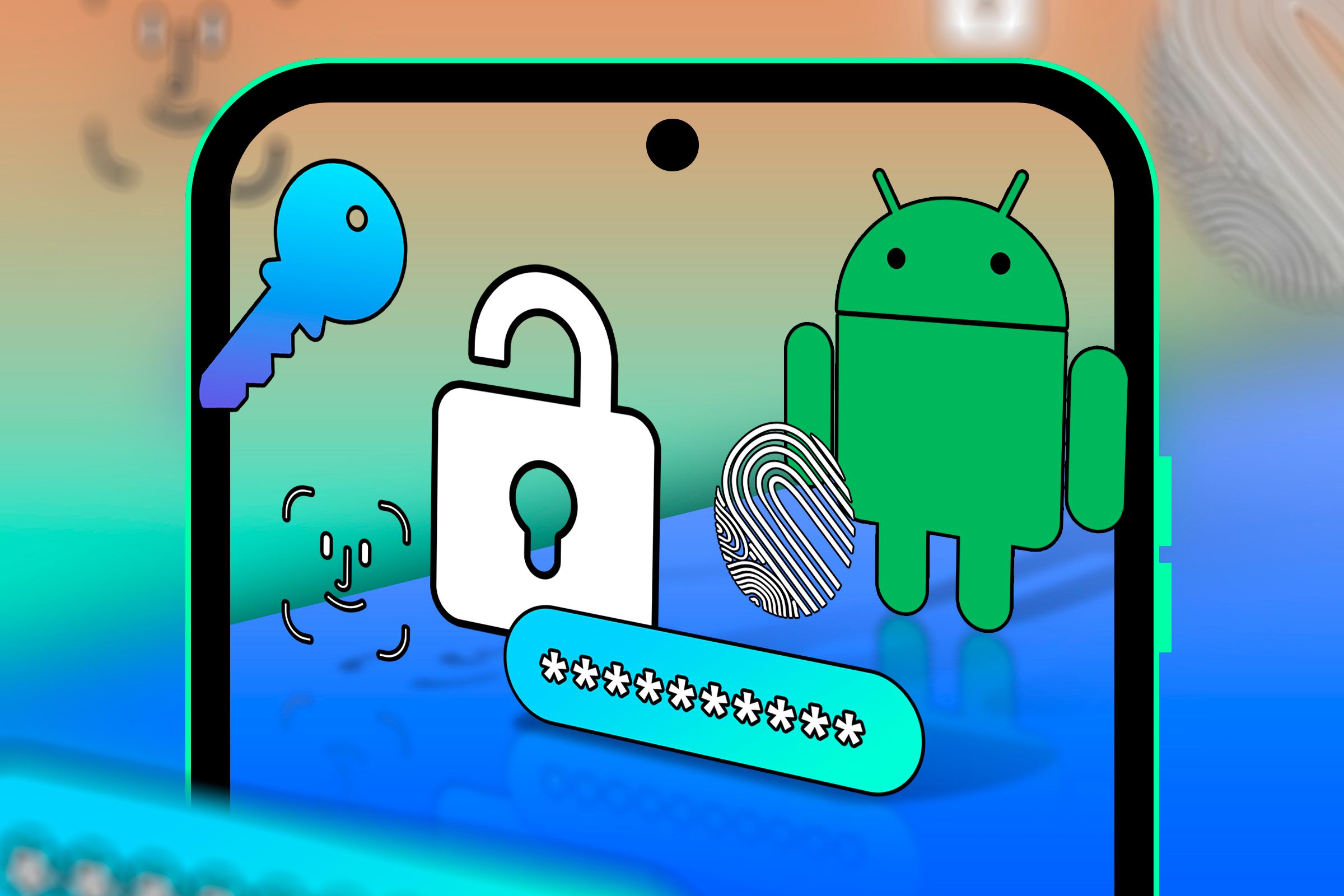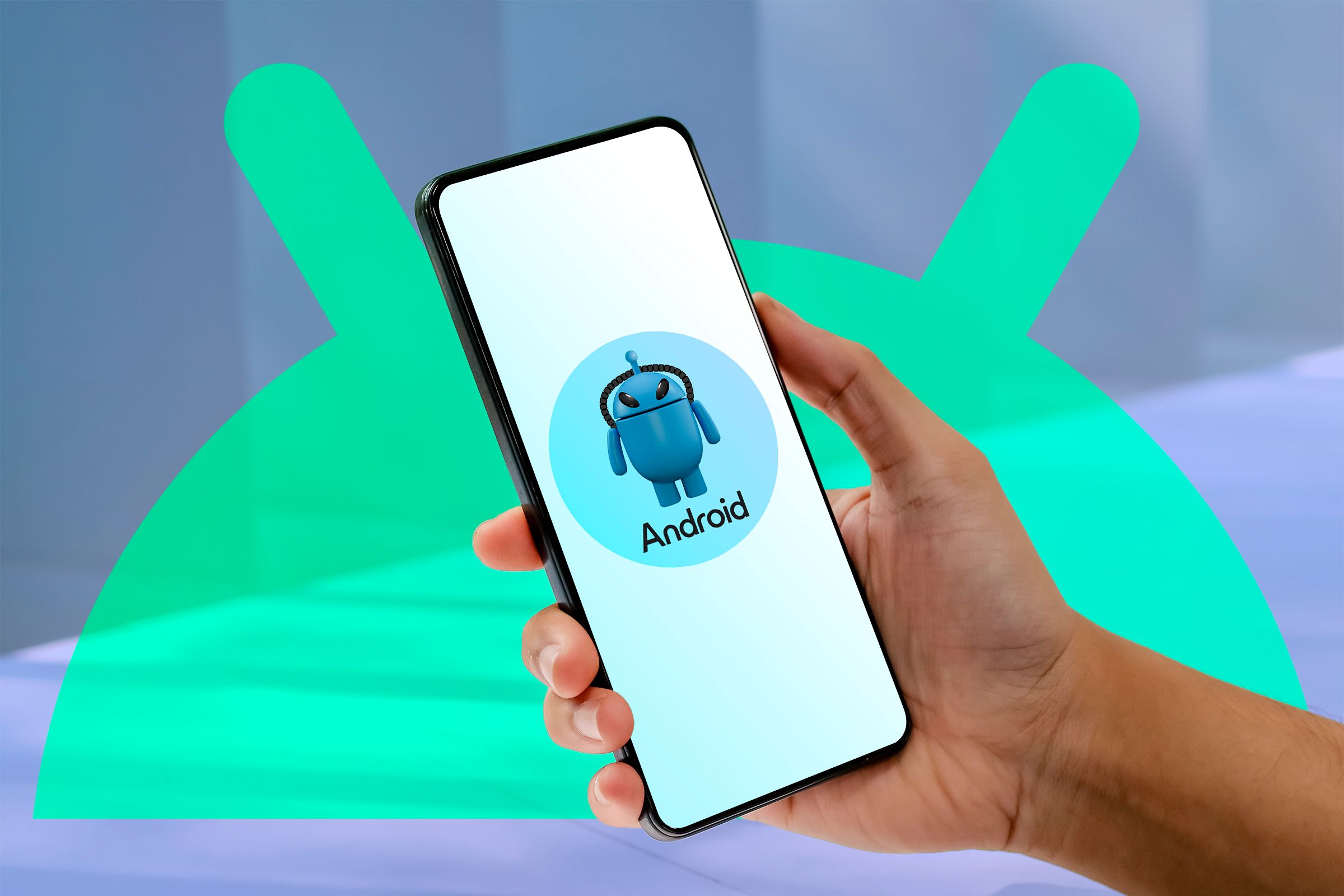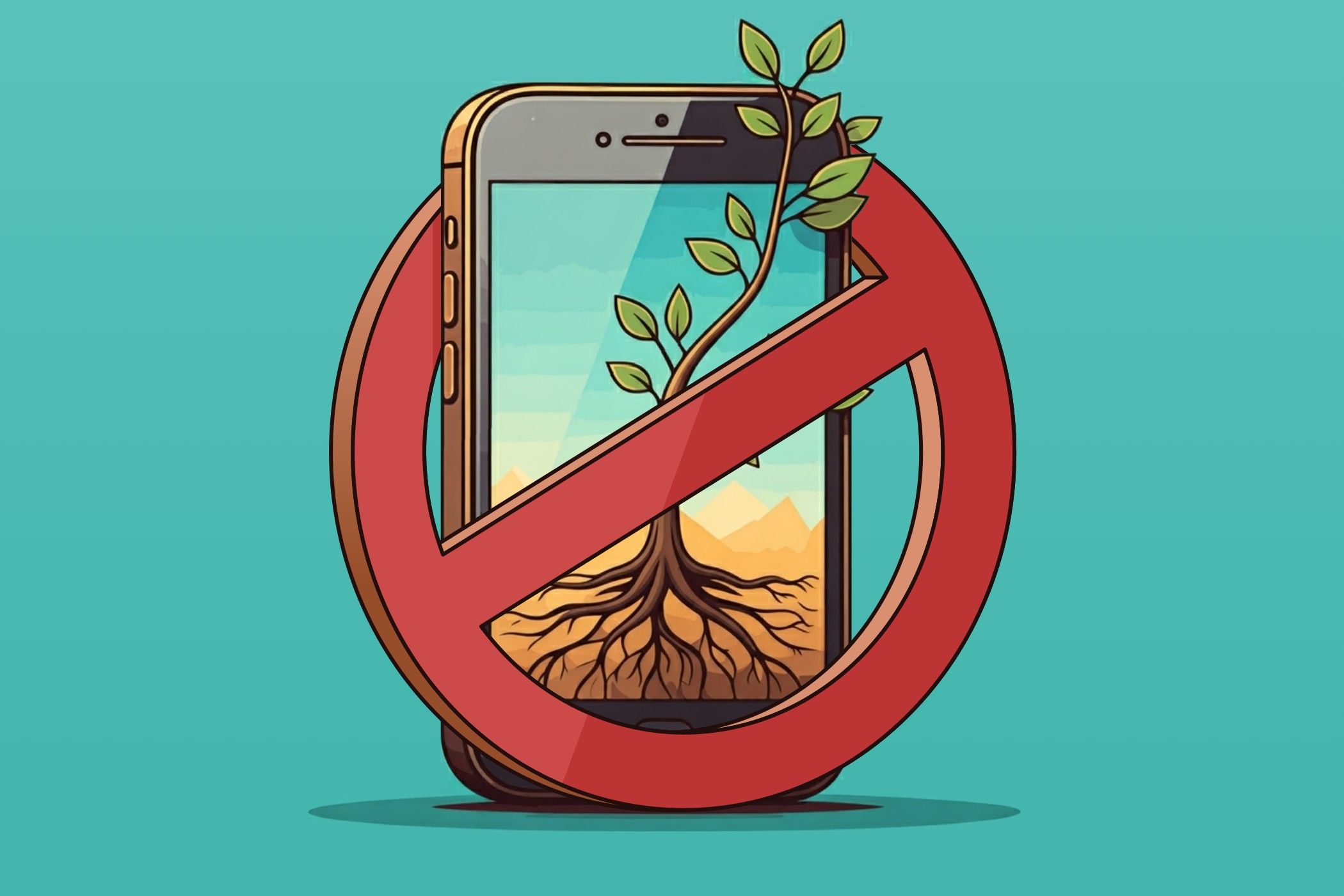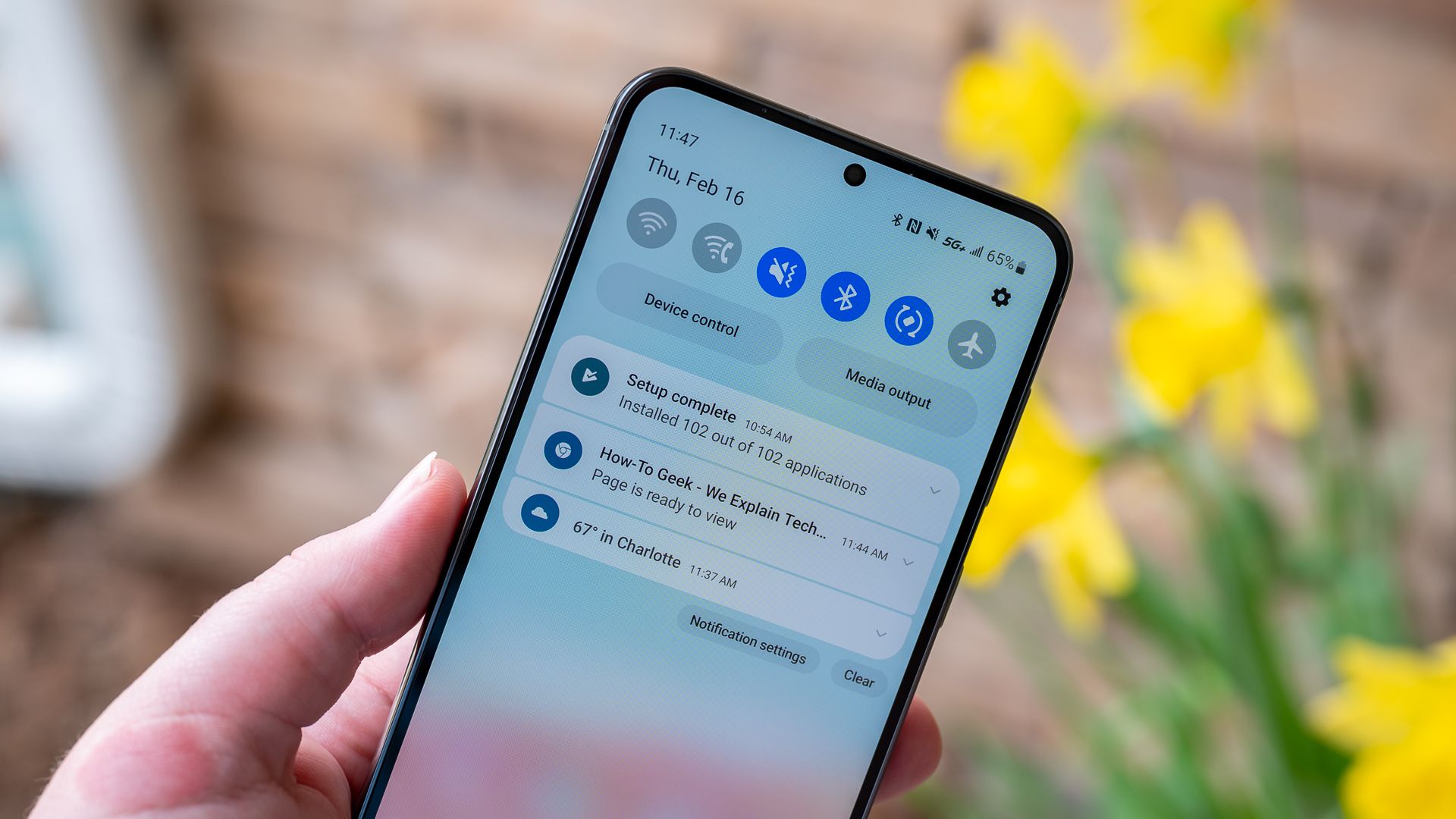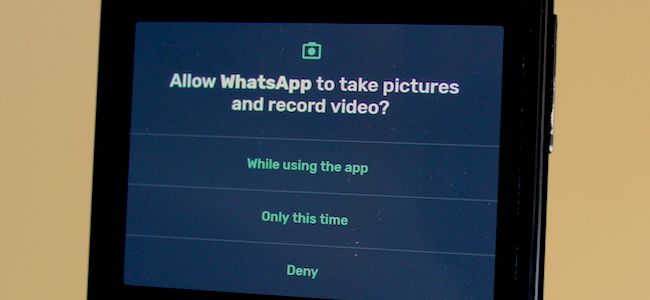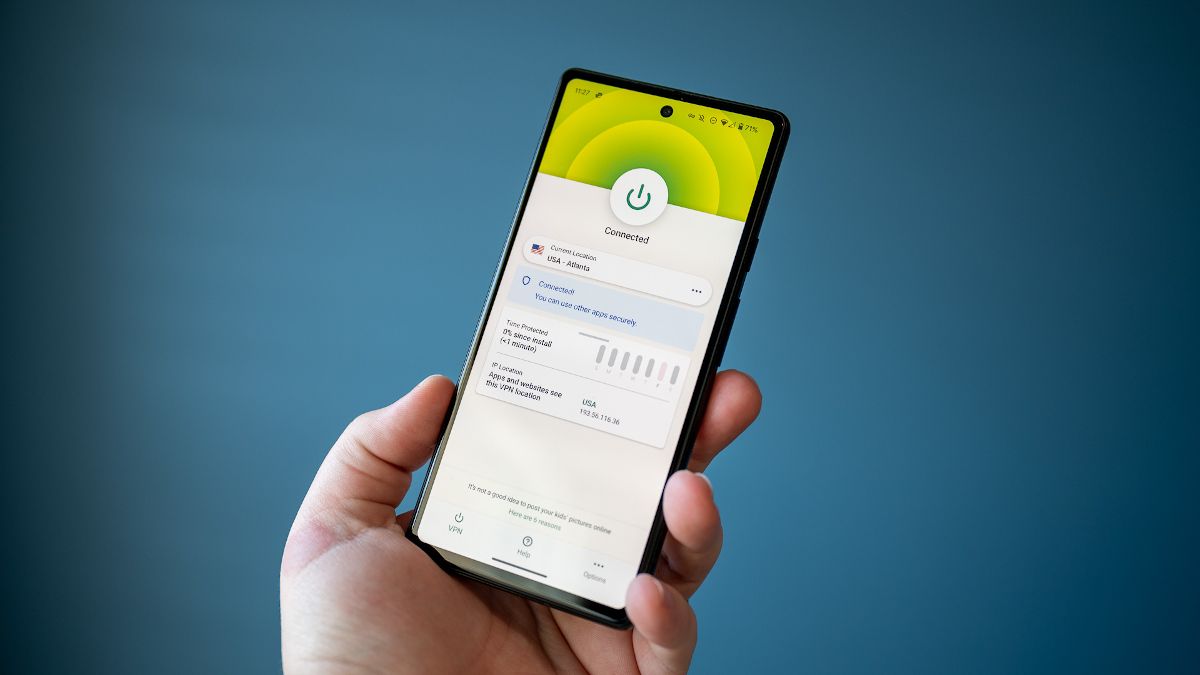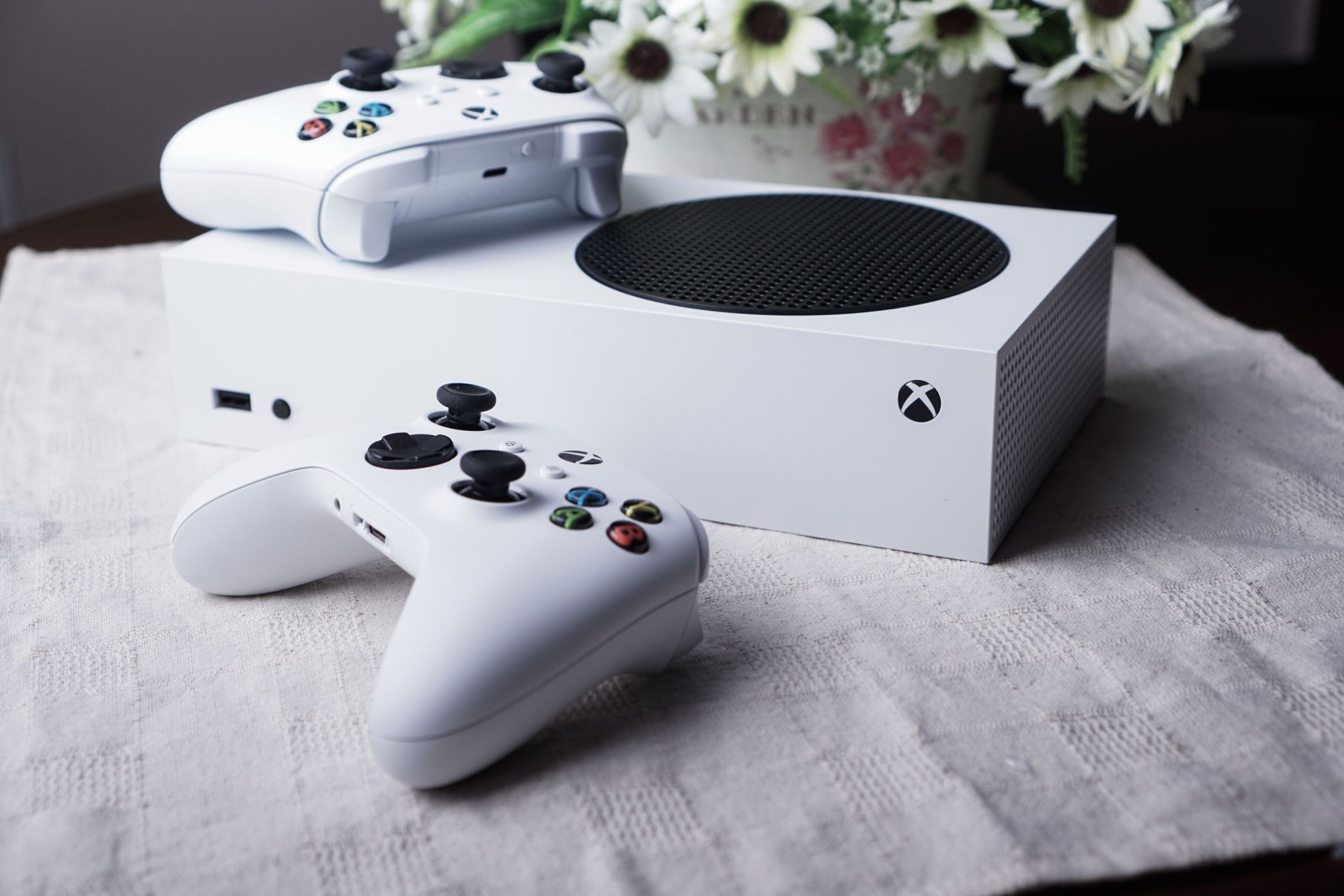10 Features You No Longer Need to Root Your Android Phone For
Android
Quick Links
-
Take Screenshots
-
Customize Quick Settings
-
Disable Preinstalled Apps
-
Revoke Permissions
-
Change System Fonts
-
Restrict Cellular Data
-
Dark Mode
-
Encrypt Device Storage
-
Connect to VPNs
-
Restart Your Phone With One Tap
In the early “Wild West” days of Android, to really make your phone yours, you needed to root it. But times have changed. Many features that once required rooting are now baked right into Android or through third-party apps.
1 Take Screenshots
It might seem crazy now, but taking a screenshot wasn’t always a simple button press away. Early Android versions made you jump through hoops, often requiring plugging your phone into a computer. Thankfully, native screenshot functionality became standard around 2011 with Android 4.0 Ice Cream Sandwich. Now, even Android smartwatches and TVs can take screenshots.
2 Customize Quick Settings
Android’s Quick Settings panel is super handy for toggling Wi-Fi, Bluetooth, and other settings, and you can move the toggles around to fit your needs. It wasn’t always that way, though. Rooting allowed you to add, remove, and rearrange tiles to your liking. These days, Android lets you customize Quick Settings on pretty much any device, though the level of customization varies by phone manufacturer.
3 Disable Preinstalled Apps
While not so much of a problem nowadays, early Android phones—especially those from carriers—were loaded with bloatware. This was a big reason why many people rooted their devices. It used to be the only way to banish these unwanted apps to the graveyard. Ever since Android 4.1 Jelly Bean, you’ve been able to disable (and sometimes even uninstall) many pre-installed apps without rooting.
4 Revoke Permissions
For a long time, app permissions used to be an all-or-nothing affair. You were agreeing to a lot by simply installing an app. Thankfully, Android 11 gave us granular control over what apps can access, letting you revoke permissions for things like your location, microphone, and contacts while keeping other permissions enabled. This was a big privacy upgrade that some users had relied on root to accomplish.
5 Change System Fonts
Changing system fonts was a classic aesthetic reason to root. It let you break free from the boring stock fonts and give your phone a unique look. Nowadays, many Android phones—Samsung Galaxy phones, in particular—have this feature built-in, and launchers like Nova Launcher offer even more font customization options.
6 Restrict Cellular Data
If you have a limited data plan, it can be imperative to prevent certain apps from guzzling your mobile data in the background. Rooting used to be the only way you could control this. Now, Android’s built-in data manager lets you restrict data usage on an app-by-app basis, as well as keep a close eye on how much data you’re using each month.
7 Dark Mode
Dark Mode has long been a favorite feature among the screen-staring crowd. In the past, achieving a system-wide dark mode often required root and probably a custom ROM. It wasn’t until Android 10 in 2019 that Android got a proper system-wide dark mode you can toggle with a tap. What a time to be alive.
8 Encrypt Device Storage
Encrypting your phone’s storage adds an extra layer of security, making it much harder for thieves to access your data. This was once a root-exclusive feature, but it was officially introduced in Android 4.4 KitKat and fully fleshed out in Android 5.0 Lollipop. You’ll usually find it in your phone’s security settings.
9 Connect to VPNs
VPNs are essential for online privacy and security, and while early Android versions technically supported VPNs, it wasn’t easy to use them. Rooting vastly simplified the process and made it more useful. Today, Android has robust VPN support baked in. Even if your VPN of choice doesn’t have an Android app, you can go into the Settings menu and manually add the details you need to use it.
10 Restart Your Phone With One Tap
Believe it or not, some older Android phones lacked an easy way to do a simple restart. You either had to power it fully off and manually turn it back on or resort to rooting and installing a custom ROM with a reboot button. This is a small thing, but it makes a difference.
That last point is a perfect encapsulation of why so many people used to root their Android phones. It was the culmination of so many little features here and there that made for an improved experience. It’s a good thing that Android has matured enough that not as many people feel the need to go to those extremes anymore—even if it is still fun.










